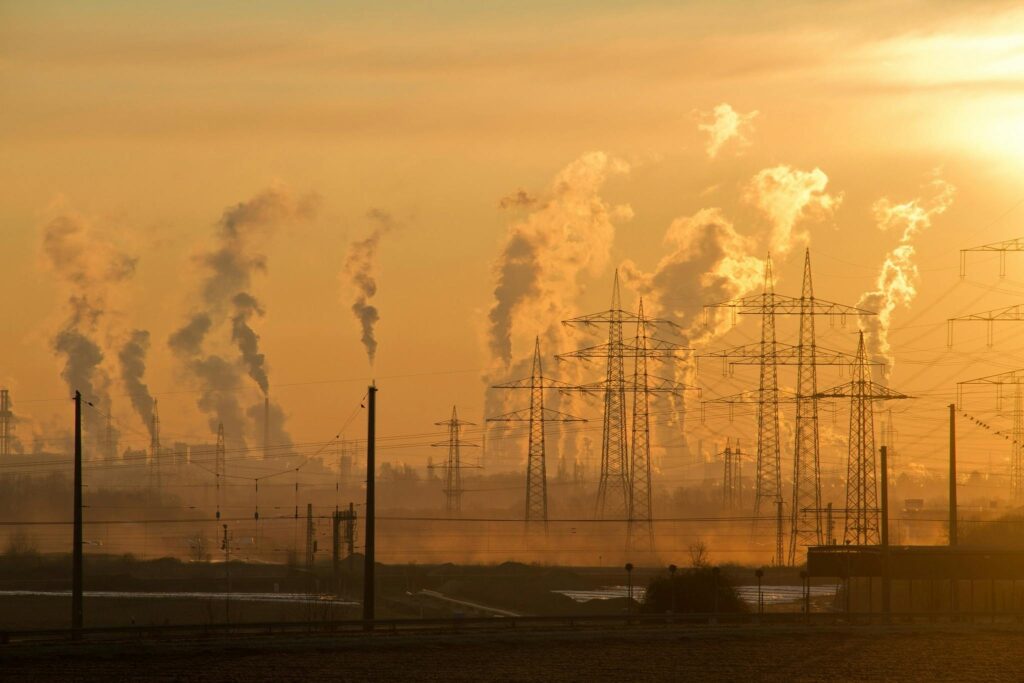
From raging wildfires in the West to hurricanes along the Gulf Coast, climate change is no longer a distant worry—it’s here, and it’s reshaping how we live. One of the areas where homeowners are feeling the pinch most directly is insurance. Rising risks from floods, storms, and fires have pushed insurers to rethink coverage, increase premiums, or, in some cases, leave high-risk regions altogether.
So the real question for homeowners is: are you truly covered against climate-driven disasters?
The Growing Risk Landscape
Insurance companies price policies based on risk. With climate change intensifying natural disasters, insurers are recalculating that risk—and it’s hitting homeowners hard.
- Wildfires: Entire communities in California and the Pacific Northwest have seen insurers refuse to renew policies after back-to-back wildfire seasons.
- Flooding: Areas once considered “low risk” now experience frequent floods. Standard home insurance rarely covers flood damage, leaving many homeowners unprotected.
- Storms: Stronger hurricanes and windstorms in coastal areas have led to skyrocketing premiums, sometimes doubling or tripling within a few years.
The numbers tell the story: According to the National Oceanic and Atmospheric Administration (NOAA), the U.S. experienced 28 separate billion-dollar weather disasters in 2023 alone. Each event increases costs not just for those directly affected, but for the entire insurance market.
What Standard Policies Actually Cover
Many homeowners mistakenly believe their standard policy protects them against “acts of God.” But most base policies have serious gaps when it comes to climate risks.
- Fire Damage: Usually covered, but in high-risk zones insurers may add exclusions or require separate wildfire policies.
- Wind Damage: Covered in most places, but coastal homeowners may face steep deductibles or exclusions.
- Flooding: Rarely included. Homeowners must purchase separate flood insurance, often through the National Flood Insurance Program (NFIP).
- Earth Movement: Earthquakes, mudslides, and sinkholes often require separate endorsements or specialty insurance.
The fine print matters—what you assume is “covered” may actually be excluded.
Rising Premiums and Shrinking Options
One of the starkest impacts of climate change is insurance affordability. Homeowners in Florida, California, and Louisiana, for instance, are seeing premiums climb to unaffordable levels. Some major insurers, like State Farm and Allstate, have pulled out of wildfire-prone California entirely.
As private insurers leave, homeowners are forced into “insurers of last resort”—state-backed programs that offer limited coverage at high prices. This creates a cycle where coverage becomes harder to get just as risks rise.
What Homeowners Can Do
- Audit Your Policy
Review the exclusions, deductibles, and coverage limits in your current plan. Don’t assume you’re covered for flood or fire—read the details. - Consider Supplemental Insurance
- Flood insurance (via NFIP or private insurers) if you live in or near flood zones.
- Wildfire or windstorm riders in high-risk regions.
- Umbrella policies for added liability protection.
- Mitigate Risks
Insurers often reward proactive measures. Installing fire-resistant roofing, storm shutters, or sump pumps may qualify you for discounts. - Shop Around
Insurance markets are shifting rapidly. Comparing quotes annually can uncover more affordable or flexible options. - Build an Emergency Fund
With rising deductibles, homeowners should plan to cover at least several thousand dollars out of pocket after a disaster.
The Bigger Picture
While individual homeowners can make smart insurance decisions, the broader issue is systemic. Without reforms, climate change will continue to destabilize the insurance industry. Some policy experts are calling for:
- Stronger federal disaster insurance programs.
- Incentives for homeowners to “climate-proof” their homes.
- Public-private partnerships to spread risk more evenly.
Home insurance was once a quiet expense you barely thought about. Today, it’s front and center in the climate change conversation. Rising risks mean rising costs, shrinking coverage, and difficult choices for homeowners.
The key takeaway? Don’t assume your policy will protect you when disaster strikes. Review your coverage, consider supplemental options, and build financial resilience. Climate change is rewriting the rulebook for insurers and homeowners alike—and staying informed is your best defense.
Unlock Full Article
Watch a quick video to get instant access.









